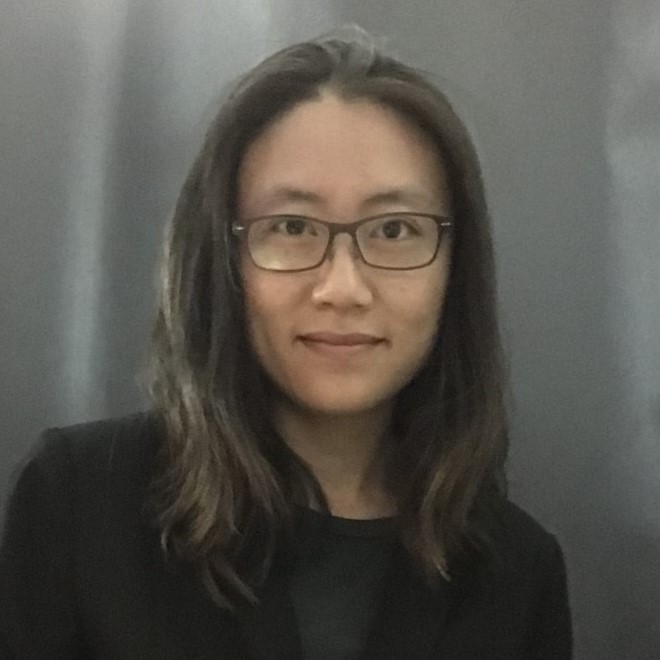About This Webinar
The discrete electronic energy levels in atoms and atom-like systems and the ability to probe and control them using their interactions with electromagnetic fields have enabled a host of applications in quantum sensing and metrology. For example, individual atoms in a vacuum behave identically for the same species and have properties that do not change with time. These features make atoms excellent for sensitive measurements, leading to unprecedented degrees of accuracy and precision in atomic clocks, magnetometers, and inertial sensors. Meanwhile, analogs of trapped atoms in the solid state can be found in many color centers in wide-bandgap semiconductors.
These color centers can potentially operate at room temperature without the need for vacuum hardware and are especially well suited for sensing small and spatially varying perturbations of magnetic fields, temperature, and strain in their environment.
In this talk, Jennifer Choy, Ph.D., of the University of Wisconsin-Madison, describes the realization of quantum sensors in two material platforms: neutral alkali atoms and artificial atoms in diamond. These platforms have complementary properties that make each uniquely advantageous for certain sensing applications, as well as challenges that currently limit their sensing performance and functionality. The benefits and challenges of these platforms are illustrated through specific examples, including inertial sensing with cold-atom interferometers and magnetometry with alkali metal vapor and color centers in diamond. Choy also presents the critical developments in optical engineering and material science that are needed to improve device utility and performance in atomic and solid-state quantum sensors.
This webinar is the fourth presentation in Hamamatsu's Quantum Technologies Series. To view the other sessions in this series, select from the following links:
1) "Introduction to Quantum Computer Hardware and Modalities"
2) “Photonics in Quantum Computing and Quantum Networking”
3) “Toward Global Quantum Networks”

Who should attend:
R&D scientists, engineers, and educators interested or involved in quantum sensing. Those with a basic understanding of quantum technologies seeking to learn more about quantum sensing and associated instrumentation.
About the presenter:
 Jennifer Choy, Ph.D., is an assistant professor at the Department of Engineering Physics at the University of Wisconsin-Madison, having joined the faculty in January 2019. Prior to her time at UW-Madison, she was a principal member of technical staff at Draper Laboratory, where she led developments of atomic and optical inertial sensors. Choy’s research interests include quantum sensing, experimental atomic and optical physics, and nanophotonics. She received S.B. degrees in physics and nuclear engineering from the Massachusetts Institute of Technology, and a Ph.D. in applied physics from Harvard University.
Jennifer Choy, Ph.D., is an assistant professor at the Department of Engineering Physics at the University of Wisconsin-Madison, having joined the faculty in January 2019. Prior to her time at UW-Madison, she was a principal member of technical staff at Draper Laboratory, where she led developments of atomic and optical inertial sensors. Choy’s research interests include quantum sensing, experimental atomic and optical physics, and nanophotonics. She received S.B. degrees in physics and nuclear engineering from the Massachusetts Institute of Technology, and a Ph.D. in applied physics from Harvard University.
About Hamamatsu Corp.:
Hamamatsu Corp. is the North American subsidiary of Hamamatsu Photonics KK (Japan), a leading manufacturer of devices for the generation and measurement of infrared, visible, and ultraviolet light. These devices include photodiodes, silicon photomultipliers, photomultiplier tubes, scientific light sources, infrared detectors, photoconductive detectors, and image sensors. The parent company is dedicated to the advancement of photonics through extensive research. This corporate philosophy results in state-of-the-art products that are used throughout the world in scientific, industrial, and commercial applications.